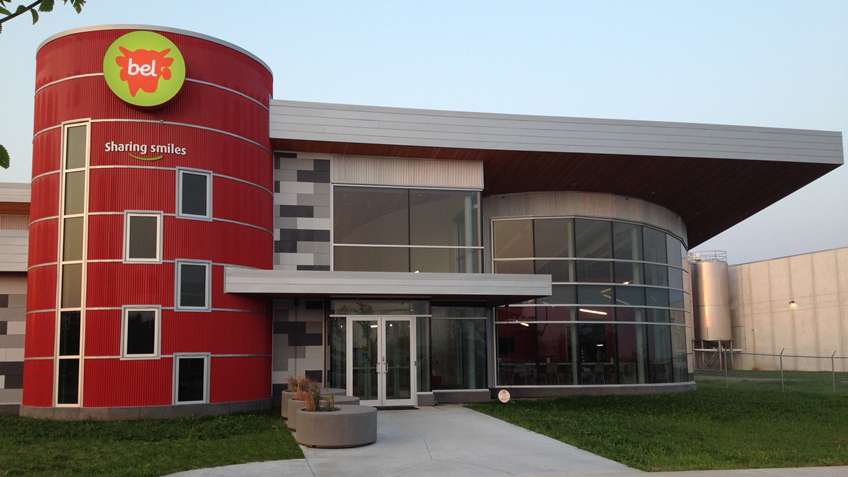“The Brookings factory in South Dakota is the fourth production unit for Mini Babybel of the Group, but it’s also “our biggest industrial project in the last fifty years,” explains Christian Bagourd, engineering manager at Bel. 144 million dollars (112.6 million euros) were invested to build an up to date cheese plant with the most modern technologies. Therefore, the decision was taken to deploy Rockwell Automation products. “The brand is well-known in the USA, and we thought it would be easier to find technicians trained to use these solutions,” elaborates Bagourd. Another primary advantage was that Rockwell Automation employees, experienced and aware of the newest American rules and regulations, assisted BEL’s project team to adapt the process accordingly.
Challenge
This American adventure is a new industrial and technological challenge for Bel and its corporate engineering team. A steering committee was created especially for the project. This committee included the Bel engineering members, Rockwell Automation technical experts and sale representatives from France, Europe and US South Dakota.
For several key suppliers in the fields of process, mechanization and packaging, a support program was established by Rockwell Automation. Eight French and European OEMs received training to assist them with their development efforts while also complying with the hardware and software standards defined by Bel. The steering committee also assisted with the process of gaining the certifications required in America, such as the UL electrical regulation and the 3A and PMO Food standards.
Solution
During the meetings of the steering committee the technical decisions were made. For the software, the key word was standardisation. “As we wanted our applications to be easy to maintain and connect easily with third-party software, we selected two programming standards: PackML 3.0 for the conditioning, and ISA 88 for the process,” comments Bagourd. Even if ISA 88 is a standard, its deployment has to be specific for each company. This meant that the Bel teams had to develop their own standard if they wanted to be able to easily integrate pieces of software that are developed by suppliers.

